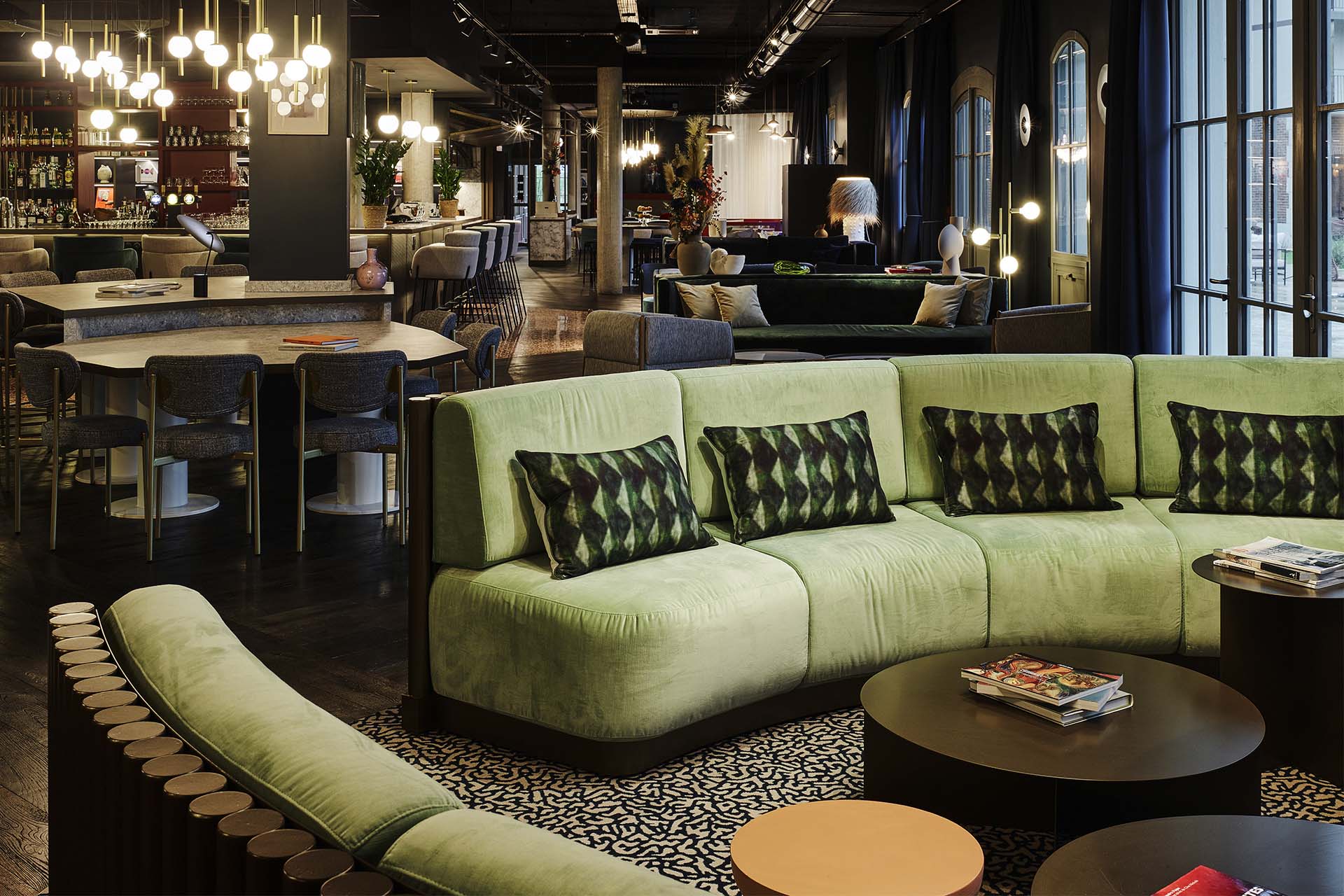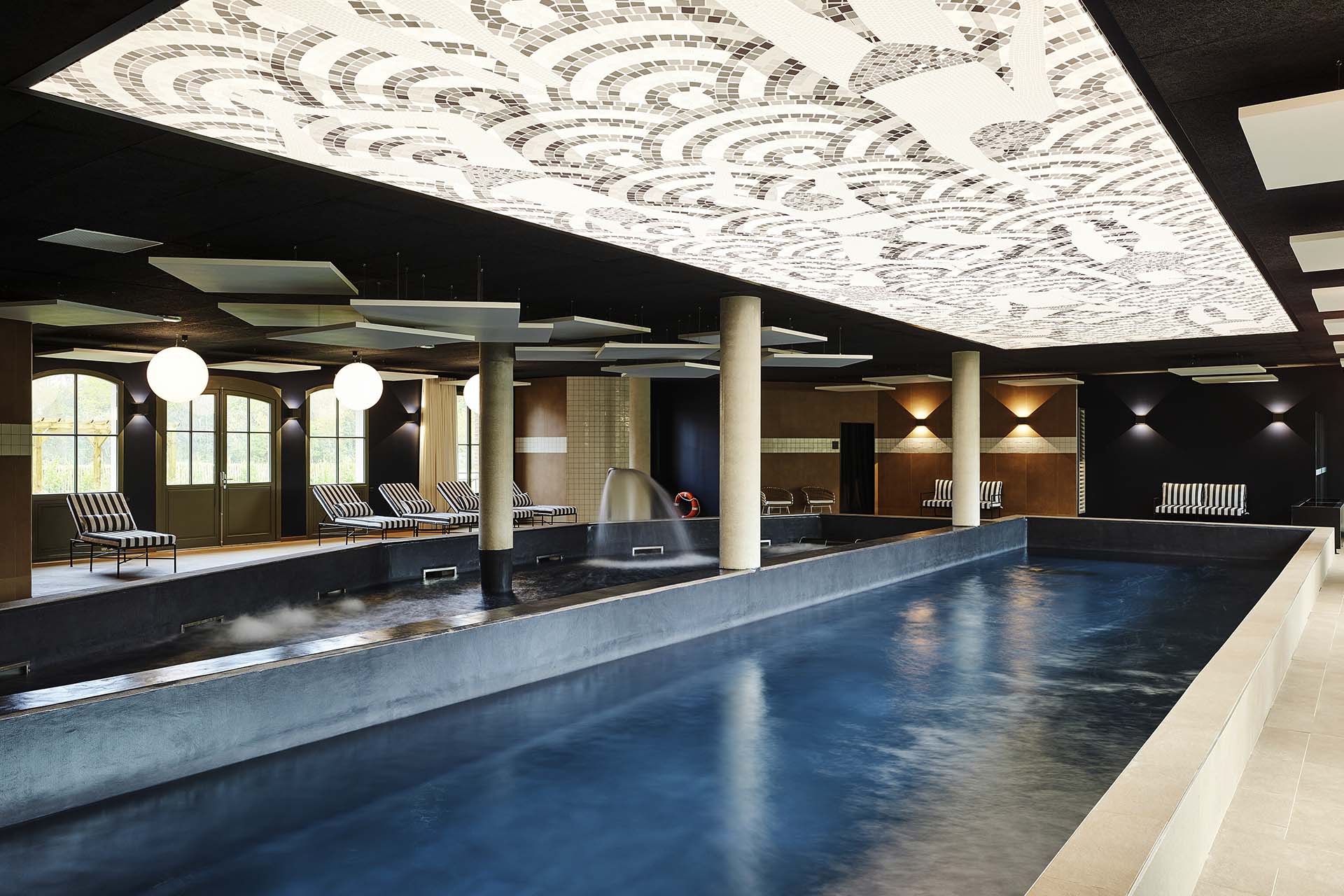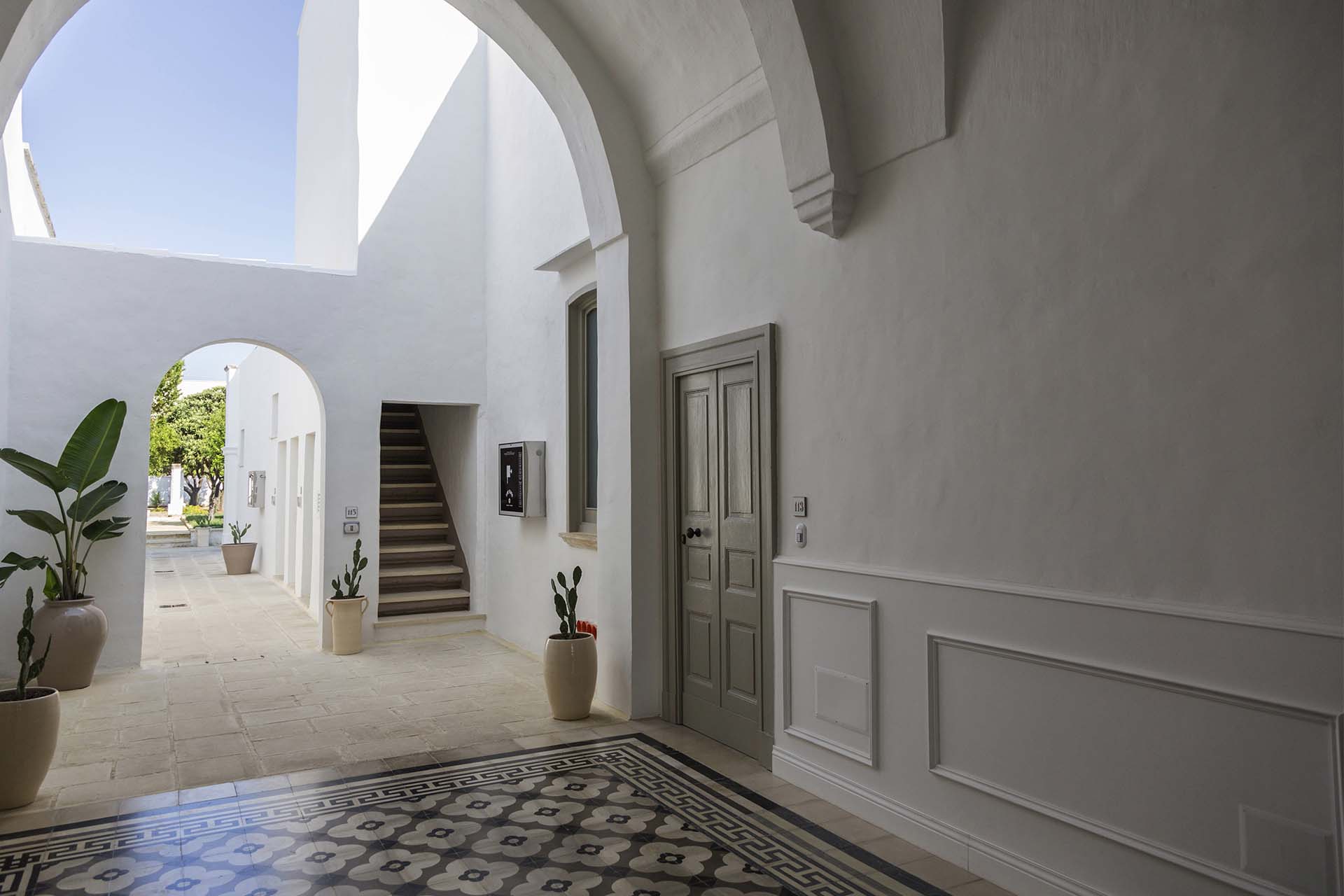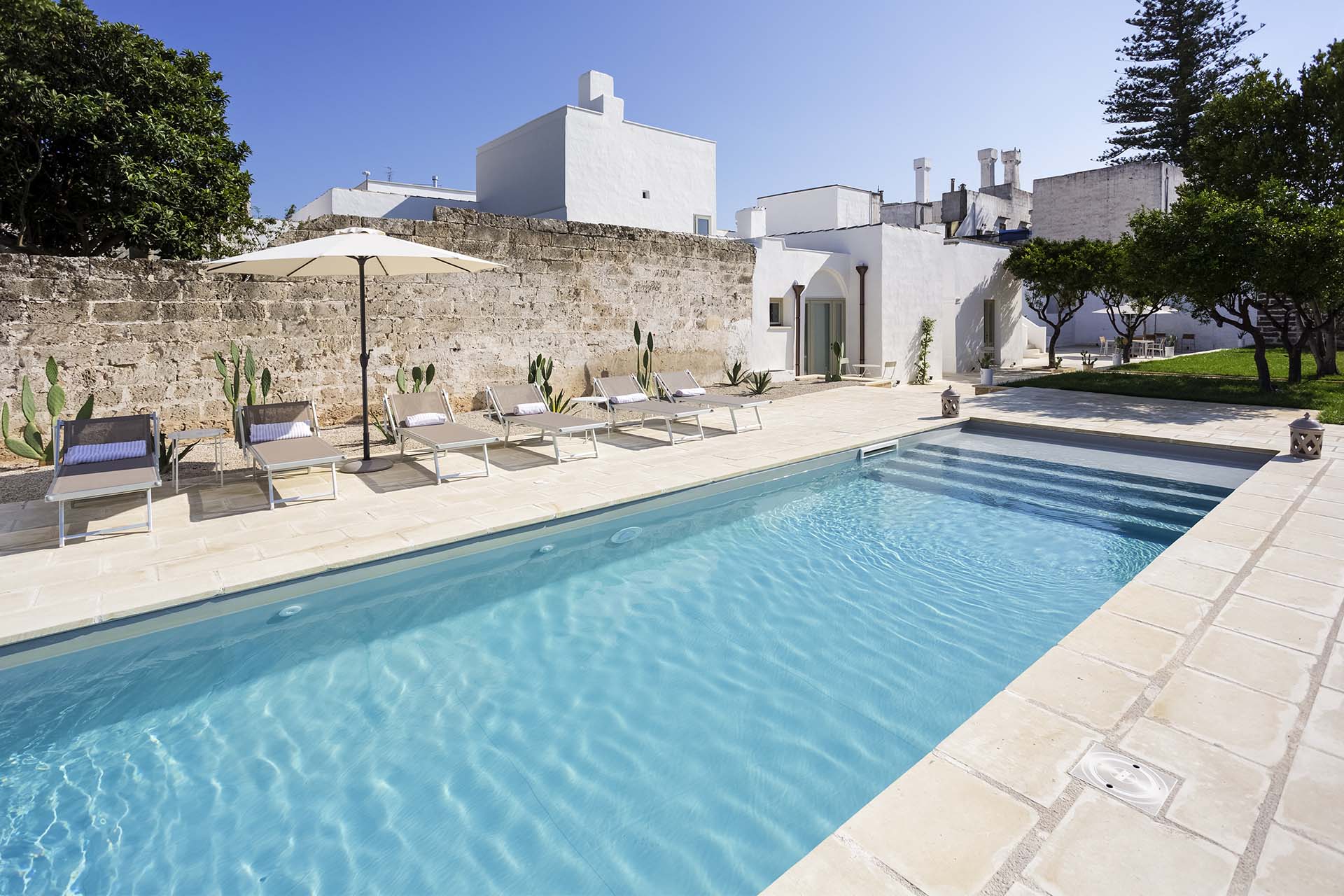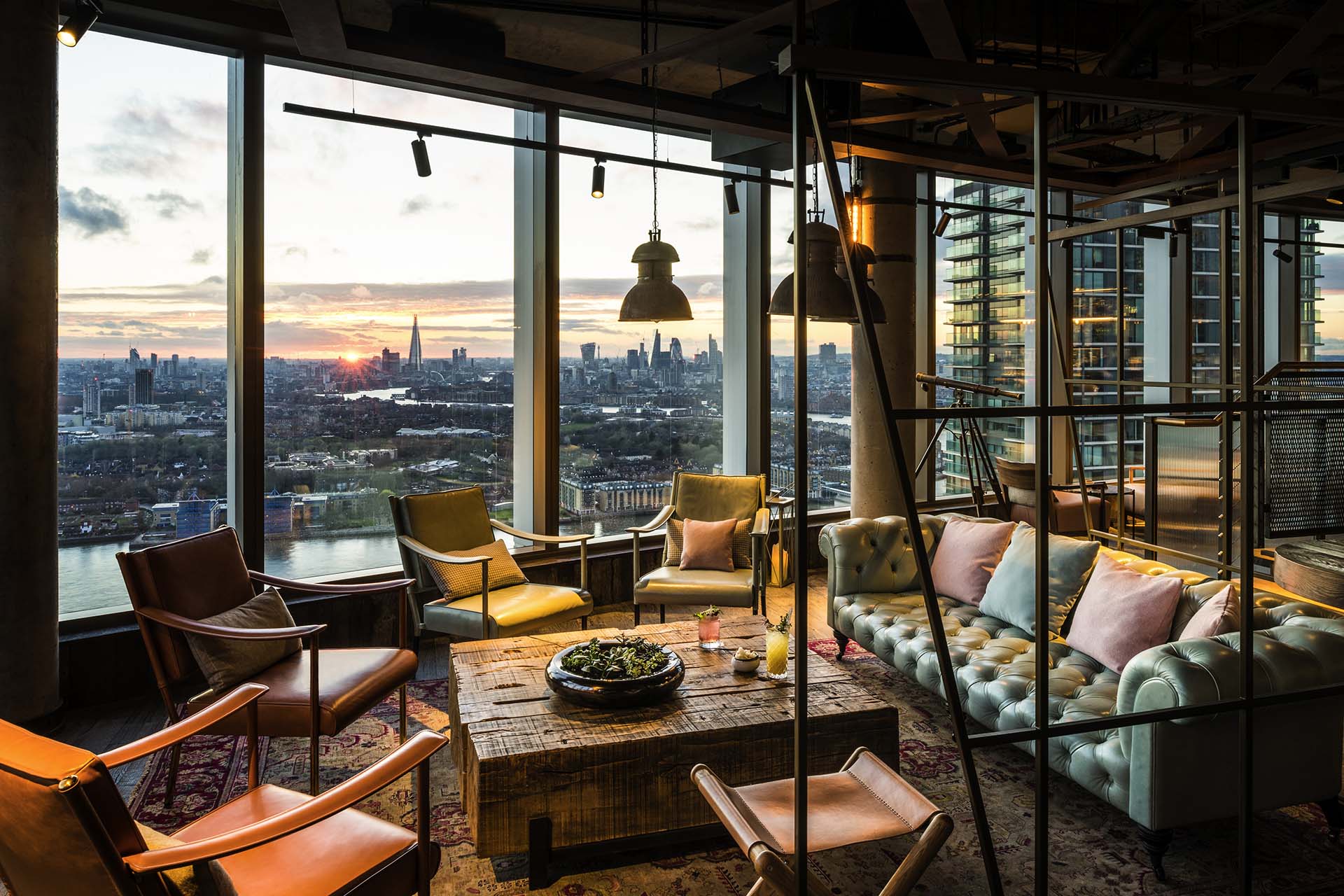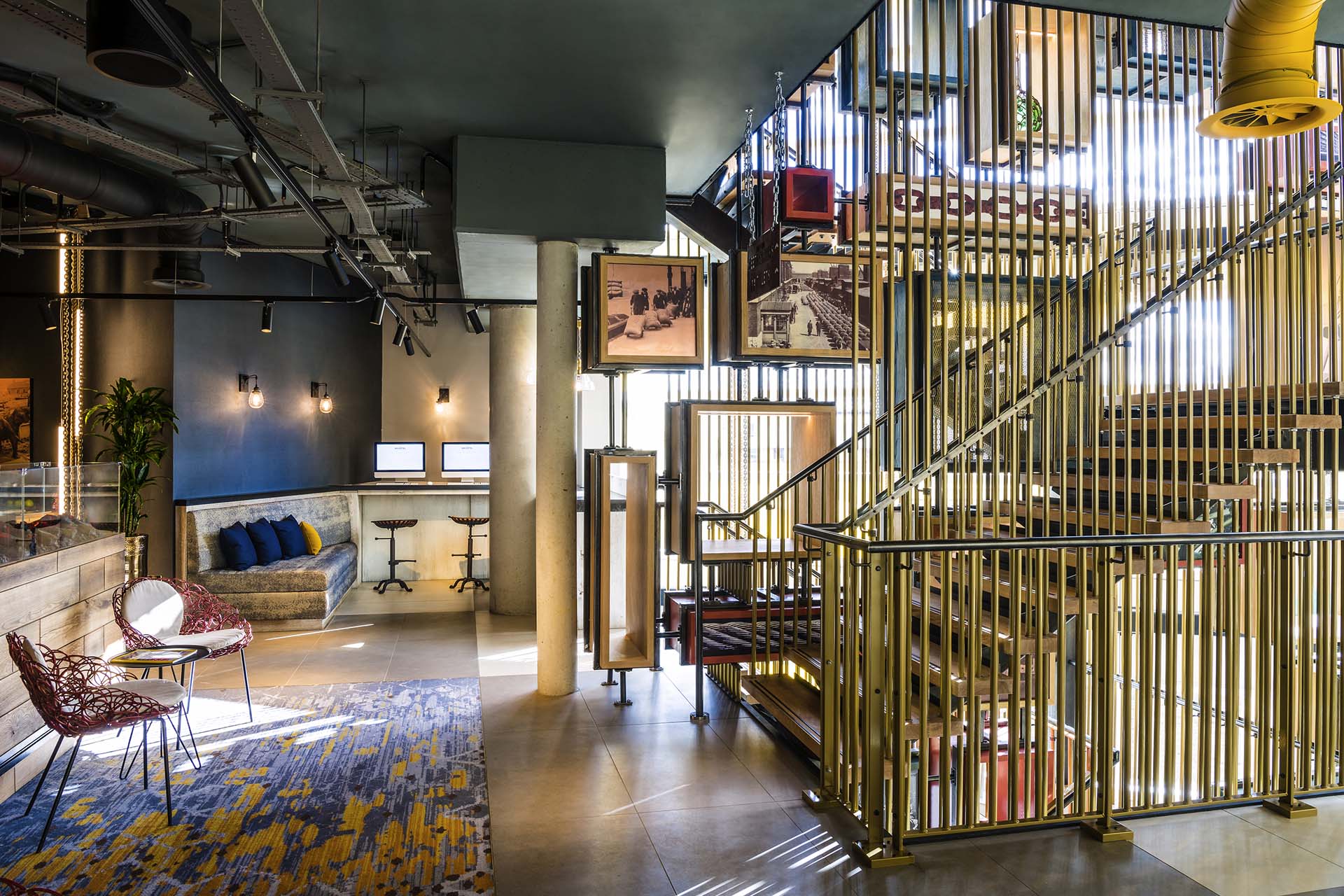

| CANVAS OF PLANS & DRAWINGS |
INTERIOR & DÉCOR, but with a twist |
| HOTELS & RESTAURANTS, beyond mainstream |
Notes on ART |
| Into big AFFAIRS | INSIDERS |
| GLIMPSES | |
Keywords:
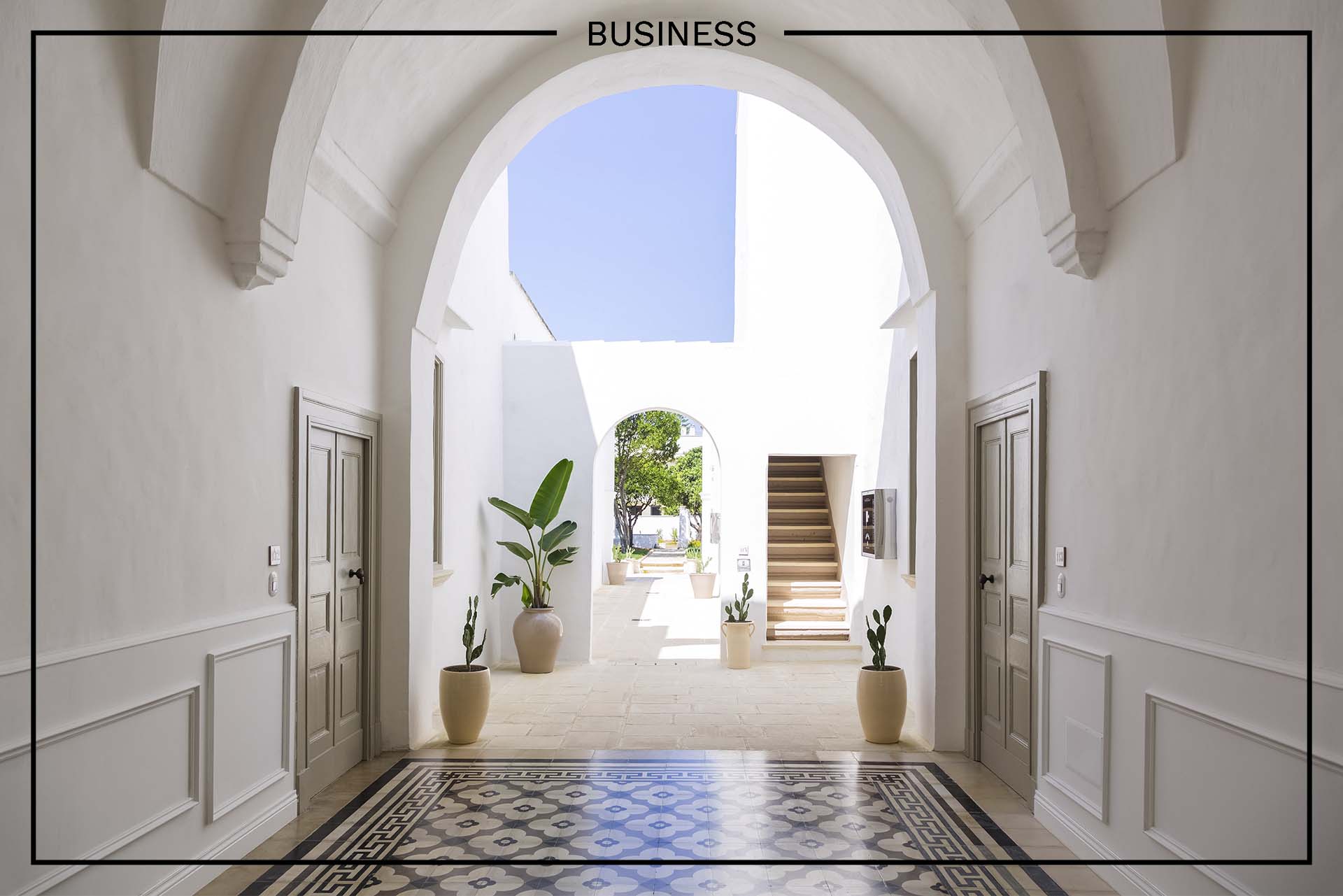
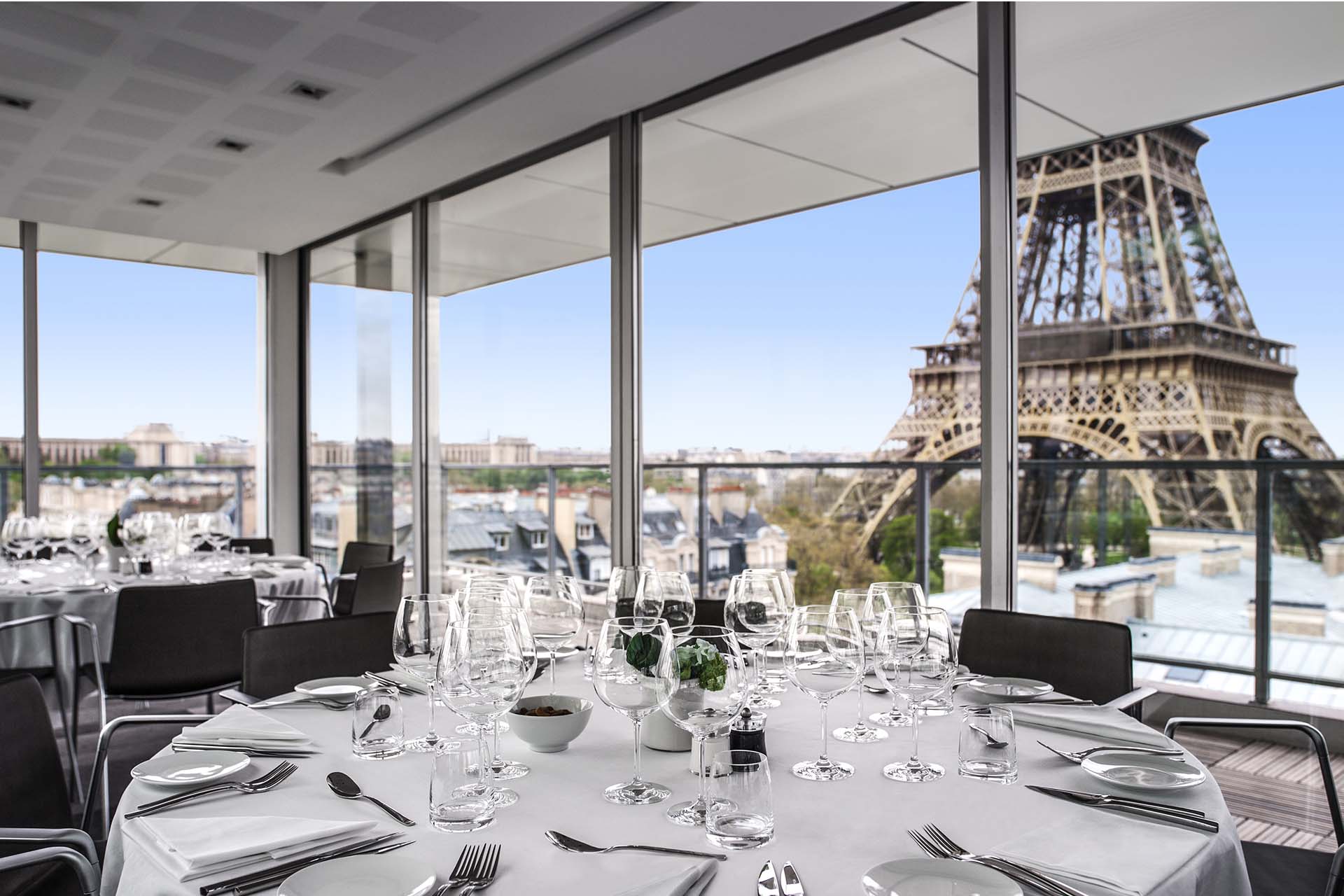
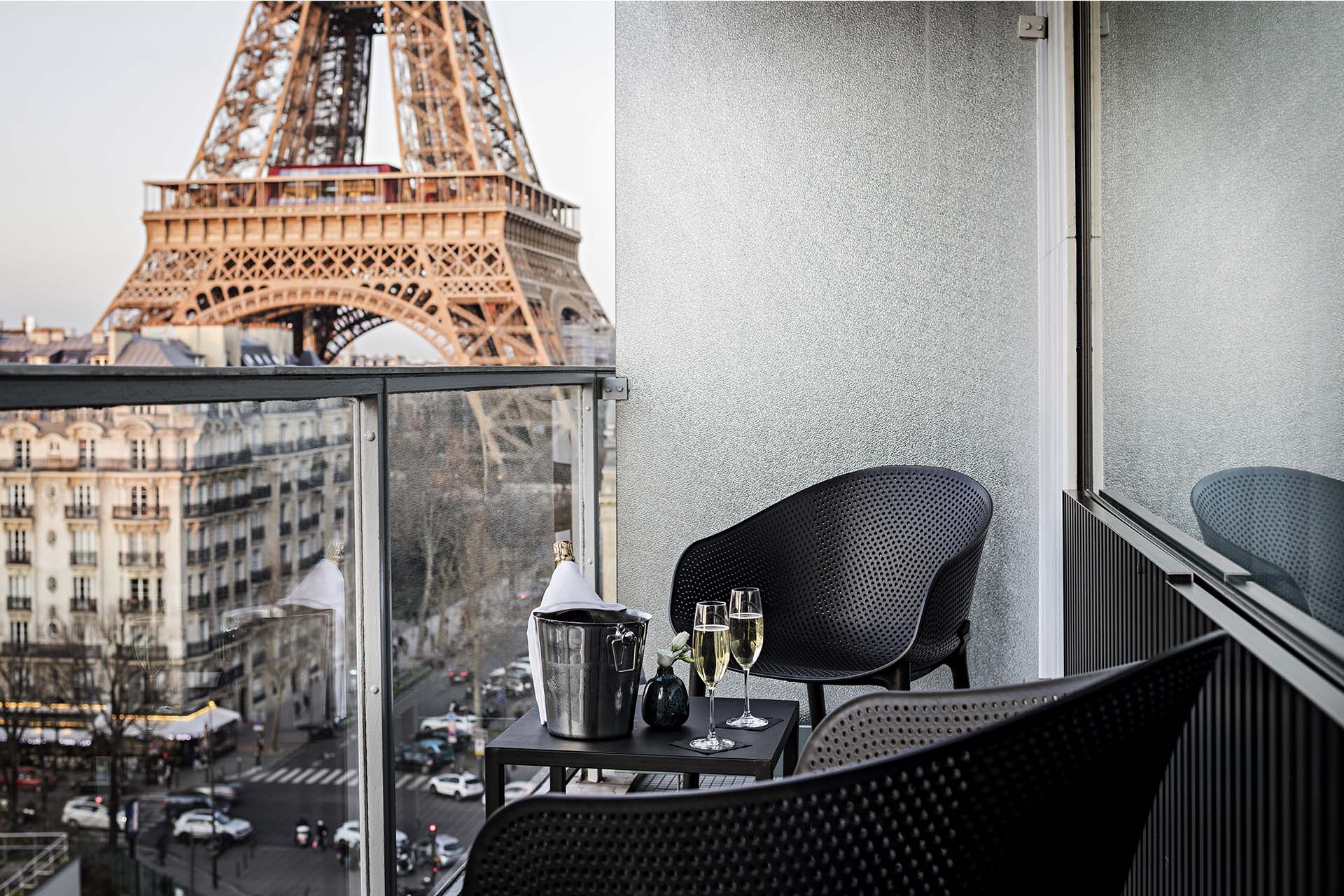
Net of inflation, this year RevPAR grew by 31% over the same period of 2019. This is explained by a number of factors. In the first place, Italy has always been at the top of the world's tourists’ desires, and, among these, in 2023 American travelers – the big absentees of the pandemic period – have made their return and they have a spending capacity higher than other guests. Additionally, we expect 2024 to mark the return of Chinese travelers as well. With regard to regional markets, we are witnessing a growth also in more marginal historical cities such as Bologna, Turin and Genoa. Beyond art cities, we can find the leisure segment with high-end sea and mountain destinations such as Cortina, Costa Smeralda, Como and Portofino. Indeed, the Italian market is one of the most powerful in terms of luxury, with many destinations where it is possible to exceed 1000 euros of average price. For now, the data confirm an absolutely positive season.
It is difficult to talk about strategy as we are faced with a paradox. The current scenario favours operators, which is the reason for the extraordinary performance of this year. On the other hand, there are impediments to new developments, and they are on hold almost everywhere in Europe. Among the causes we find the increase in construction costs above 25%, in addition to the increase in the cost of funding, which have made it more and more difficult to close an economically viable agreement. This is why the pipelines are being cut.
At the same time we are seeing a certain reduction in supply, which may still be due to the pandemic effect. Developing a project from scratch or buying a building is an increasingly complex operation. This is why the main trend is that of converting existing spaces. The most impacted segment for investments is that of building land for new hotels. We do not see this today and will not see it for a few years. We witness, however, redevelopments of hotels and change of intended use of real estate buildings. As for the seaside market, then, in Italy there is a rather old portfolio, with structures dating back to the eighties and nineties. Because the hotel yields are somehow compressed in the primary cities, we are moving towards areas of interest between the sea and the mountains.
